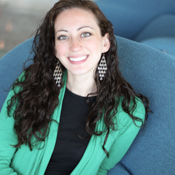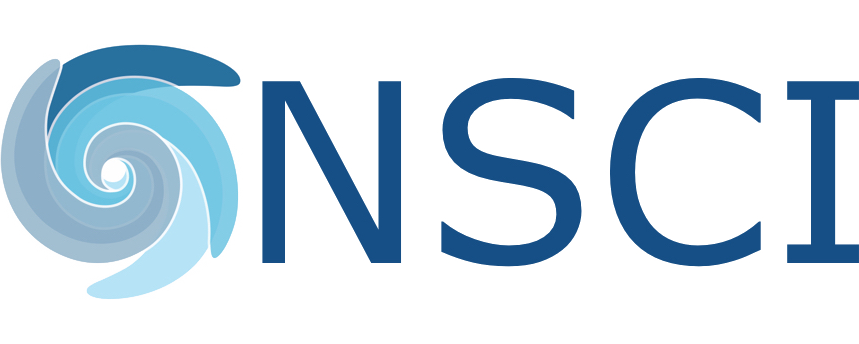Two SUNY Albany Biomedical Science Ph.D. students with labs at NSCI have recently received, Initiatives For Women (IFW) grants. Doctoral students, Christy Allen and Sarah Hirsch received The Anne Gustin Scholarship for Women in Law and Government and the Karen R. Hitchcock New Frontiers Fund, respectively.
“IFW benefits women students, faculty, and staff and the University at Albany and our community as a whole by providing them the means to advance their educational and professional goals. Through individual donations, corporate and foundation contributions, IFW supports women in a variety of ways. An all volunteer Committee runs the Initiatives For Women Program under the auspices of the University at Albany Office of the Provost. The Committee members are absolutely dedicated to the IFW motto : SUPPORT HER DREAM.”


Ms. Hirsch is starting her fifth year, Ms. Allen her fourth. Both students will eventually receive their Ph.D.’s in biomedical science with a neuroscience track. Their lab work at NSCI is directed by Dr.Sally Temple and Dr. Nathan Boles. The SUNY Biomedical Science Program in which they are studying encourages collaboration with outside institutions. Ms. Allen says, “Our interest in stem cell research, our interest in neuroscience; all of that can be found here at the Neural Stem Cell Institute. And because of that Sarah and I both came here, independently to research at NSCI.”
Mrs. Hirsch describes her research, “My area of interest focuses on neural induction which is the first step in neural development and lays the foundation for all subsequent brain development. As such, it’s a really important and instructive step, but not a lot is known about how this process is transcriptionally regulated. That’s what I’m trying to better understand.” She explains, “It’s incredible to think that as complicated as we are, with a multitude of various cell types, we all started off as a cluster of the same type of cell: human embryonic stem cells. How do those cells start to become specified to create various cell types that make us functional organisms?” Sarah’s research is specifically interested in the transition from a human embryonic stem cell to a neural cell. She adds, “I think of it just as a car mechanic needs to understand how a car was built to be able to fix it, we have to understand how the brain develops to create therapies.” Ms. Hirsch emphasizes that neurodevelopmental disorders (Autism, ADHD, OCD) are on the rise, “It’s really important to try to understand what is happening. The goal of research is to help people.”
Part of Sarah’s research looks at what goes wrong with normal development, specifically what can derail normal development leading to autism. She is examining the potential causal relationship between the presence of certain levels of C-reactive protein in mothers who give birth to autistic children. She explains, “Recent studies have shown a strong correlation between pregnant women with abnormally high levels of an inflammatory molecule, C-reactive protein, giving birth to an autistic child. However, the mechanism underlying this observation has yet to be elucidated.” Ms. Hirsch was awarded the Karen R. Hitchcock New Frontiers Scholarship to support her continuing study. “Given that my dissertation research focuses on identifying the genetic components directing the earliest stages of normal neurodevelopment, it serves as an ideal platform to answer the novel question of how CRP causes neurodevelopment to go awry. I am very excited about this work, both from an academic standpoint as well as the future implications and therapeutic potential.” Mrs. Hirsch was also a chapter winner for the Delta Omega Honor Society whose work was chosen to be presented at the American Public Health Association Conference and Exposition this November.
Ms. Allen has two concurrent projects. A portion of her research also involves studying early neural development, specifically involving brain development and BPA (Bisphenol A) exposure. Her research aims to understand how this toxic chemical can actually derail normal neuronal or brain development. She explains, “BPA has received a great deal of media attention as far as being produced in baby bottles, dental products, as well as various plastic containers. We added BPA to developing human brain cells to see if it does derail development.” Her other research focus involves a part of the brain called the meninges which are the protective tissues surrounding the brain. They are finding that the meninges secrete proteins that support the brain. She explains, “We think that, for instance, in cases like Parkinson’s disease, if the meninges don’t properly secrete these proteins that cells might be more susceptible to death or might not get the added nutrient that they need.” The functional purpose of the meninges to the adult brain is the focus of her PhD.
Ms. Allen’s end goal is to contribute her comprehensive understanding of science and applying her knowledge to the area of patent law. “I am fascinated by science policy and law. Actually taking a discovery in science, applying it to real world applications, and granting people recognition for those discoveries is a really intricate process! And it’s a side of science that not many people get to see unless they get to stages of discovering something that is actually patentable. We (scientists) understand the product. We understand how research and development works.” She was awarded for the The Anne Gustin Scholarship, a grant privately funded by Patricia E. Salkin Esq., a Dean and Professor of Law at Touro College Jacob D. Fuchsberg Law Center, because she is planning to take the patent law bar exam at the end of the year. The funding will offset the costs of some of the preparation course. This is concurrent to completing her Ph.D.
“It’s one of the main reasons I was interested in NSCI. Our institute is focused on bringing awareness to the benefits of stem cell research to the general population.” says Ms. Allen “NSCI sends the message that this research is important and it’s important because we have the capabilities of creating regenerative therapies that will be beneficial to millions.”

Leave a Reply